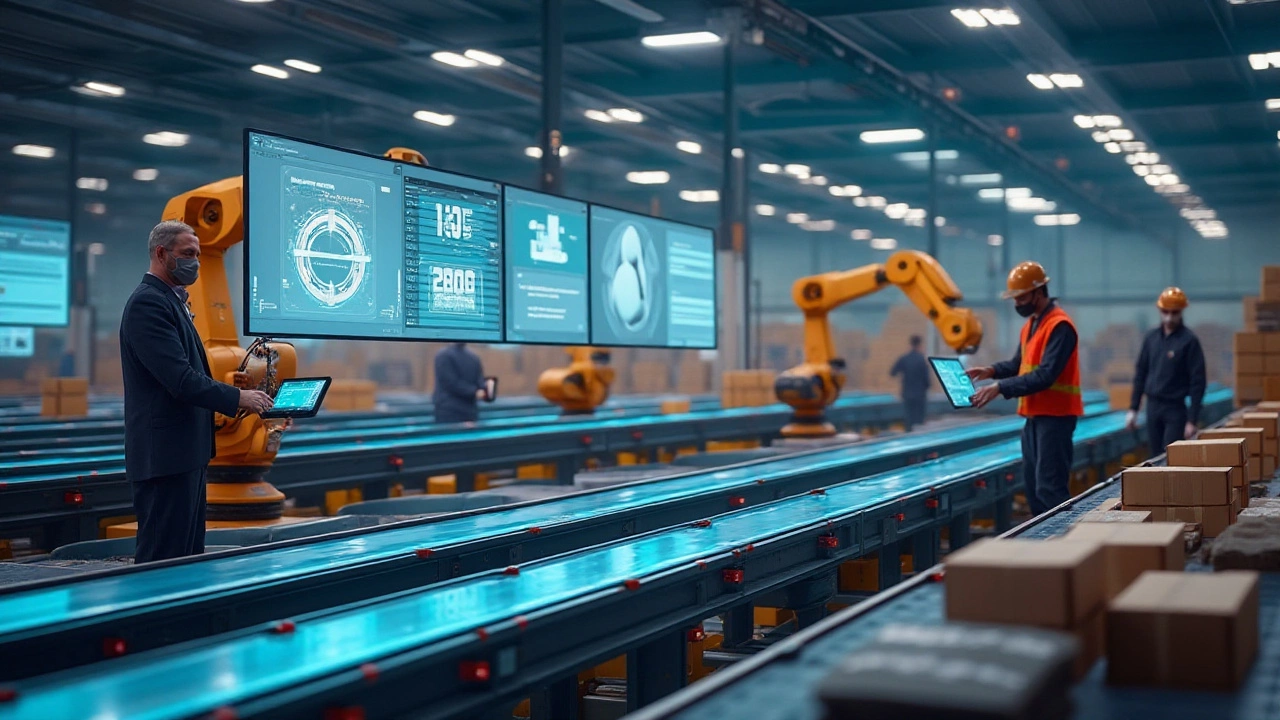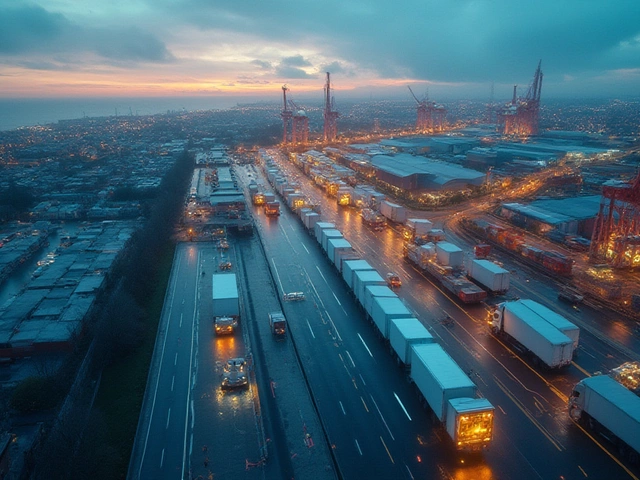Future Solutions in Logistics: What’s Coming Next
If you’re wondering what logistics will look like in the next few years, you’re not alone. Companies are already testing AI, robotics, and data‑driven planning to cut costs and speed up deliveries. The goal? Turn every part of the supply chain into a predictable, low‑risk operation. Below, we break down the biggest trends you’ll see on the road to 2025 and give you concrete steps to start preparing today.
Tech Trends Shaping the Supply Chain
First up, artificial intelligence is moving from a buzzword to a daily workhorse. AI can forecast demand with minutes‑level accuracy, match inventory to sales patterns, and even reroute shipments in real time when traffic snarls arise. Pair that with cloud‑based warehouse management systems (WMS) and you get a platform that learns from every order, continuously improving its own efficiency.
Robotics and automation are also gaining ground. Small‑scale pick‑and‑place bots are now affordable for mid‑size warehouses, while larger facilities are experimenting with autonomous guided vehicles (AGVs) that move pallets without human intervention. The result is faster order fulfillment and fewer errors.
Finally, the rise of “smart warehousing” means every shelf, pallet, and dock gets a digital ID. Sensors track temperature, humidity, and movement, feeding data back to a central dashboard. This visibility helps businesses meet strict compliance standards and cuts waste by spotting problems before they become big issues.
How Businesses Can Prepare Today
Start by auditing your current tech stack. Ask yourself: which processes still rely on spreadsheets or manual entry? Those are low‑hanging fruits for automation. Even a simple integration between your e‑commerce platform and a basic WMS can shave hours off daily tasks.
Next, experiment with AI‑powered demand planning tools on a small product line. Many vendors offer free trials, so you can see how accurate forecasts affect inventory levels without a big upfront cost.
Don’t forget people. Upskilling your staff on new software and robotic interfaces is critical. Offer short workshops or online courses so your team feels confident handling the latest tools.
Finally, keep an eye on sustainability metrics. Green logistics isn’t just good for the planet—it’s becoming a buying factor for customers. Track fuel use, packaging waste, and carbon emissions now, so you can report improvements as you adopt new technologies.
Staying ahead in logistics isn’t about guessing the next big thing; it’s about incrementally adding smart solutions that deliver real results. By embracing AI, automation, and data‑rich warehousing now, you’ll be ready for the future when those trends become the industry standard.
January 17, 2025
Evelyn Wescott
0 Comments
As the world continues to advance technologically, warehouses are transforming into more efficient and automated environments. Innovations such as robotics, AI-driven inventory systems, and IoT are increasingly becoming integral to these changes. These advancements are enhancing productivity, reducing errors, and increasing flexibility in how warehouses operate. Discover how these future technologies are set to redefine warehouse management and operations, creating a more seamless supply chain.




